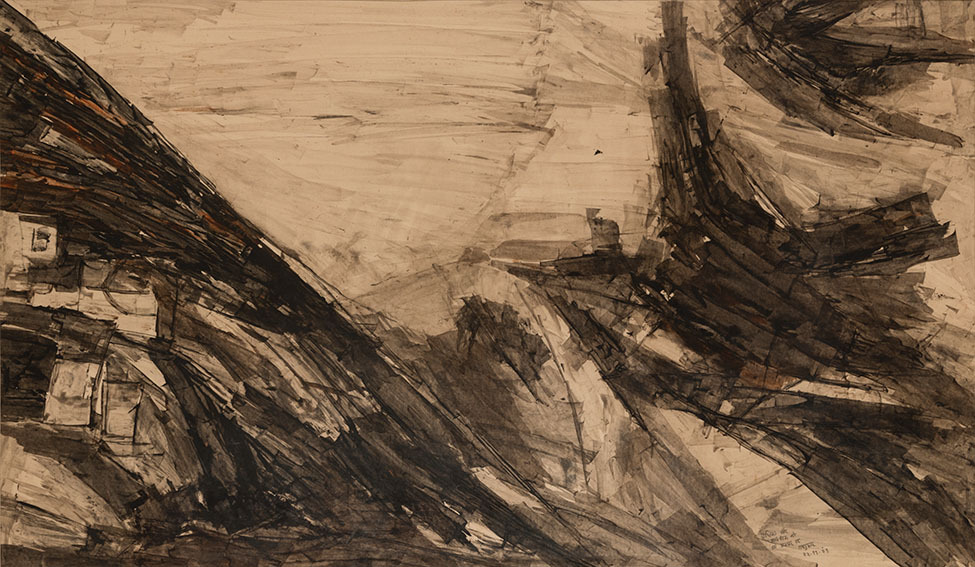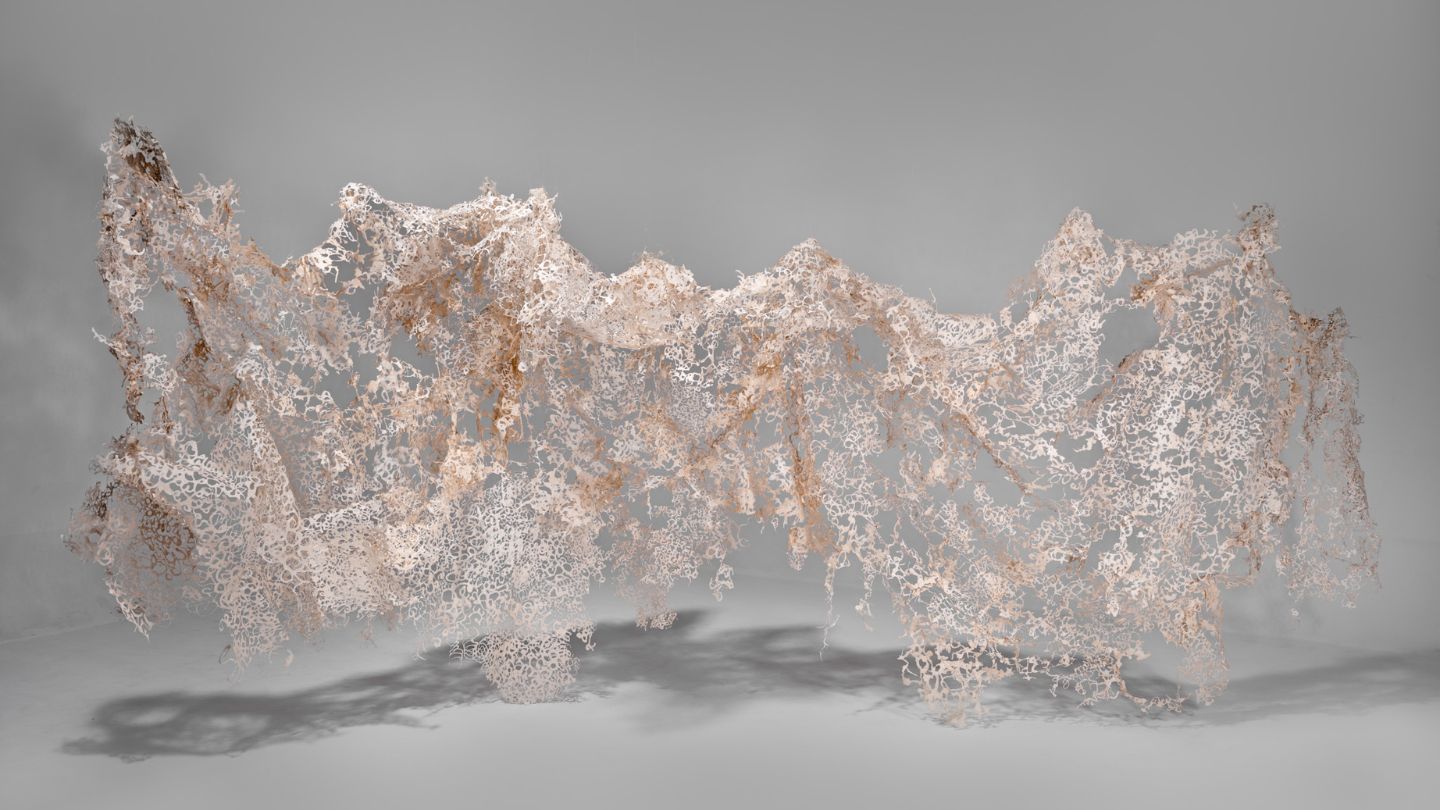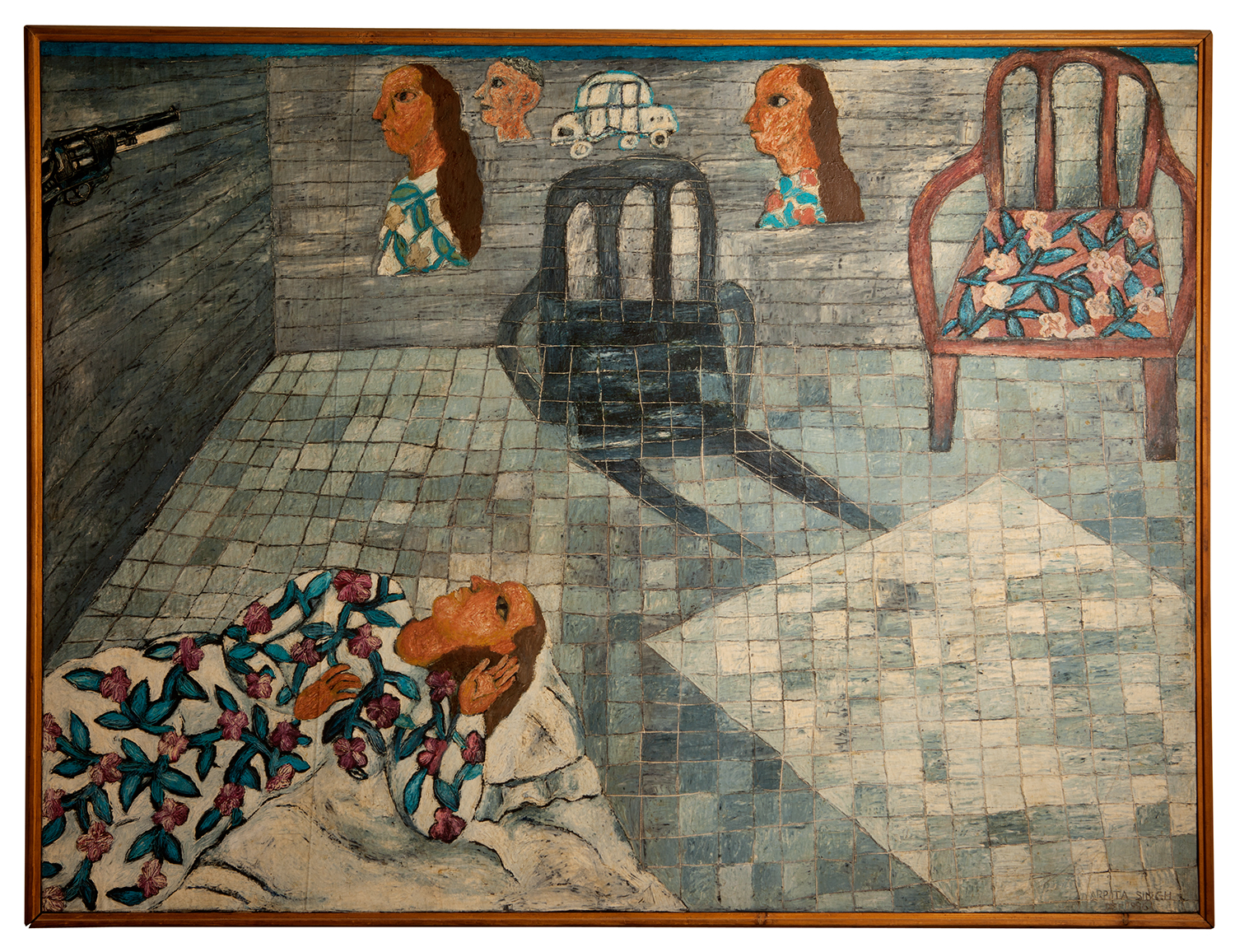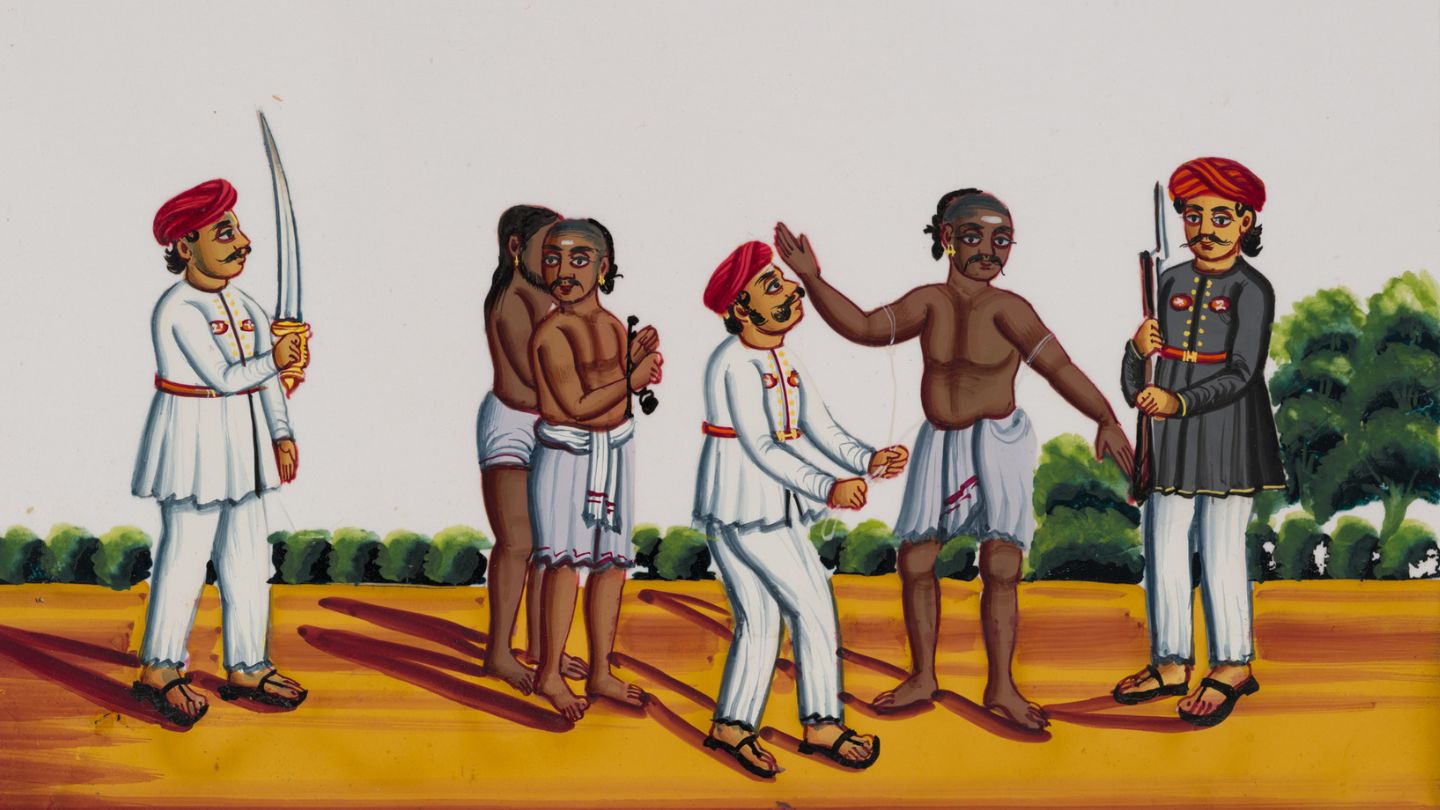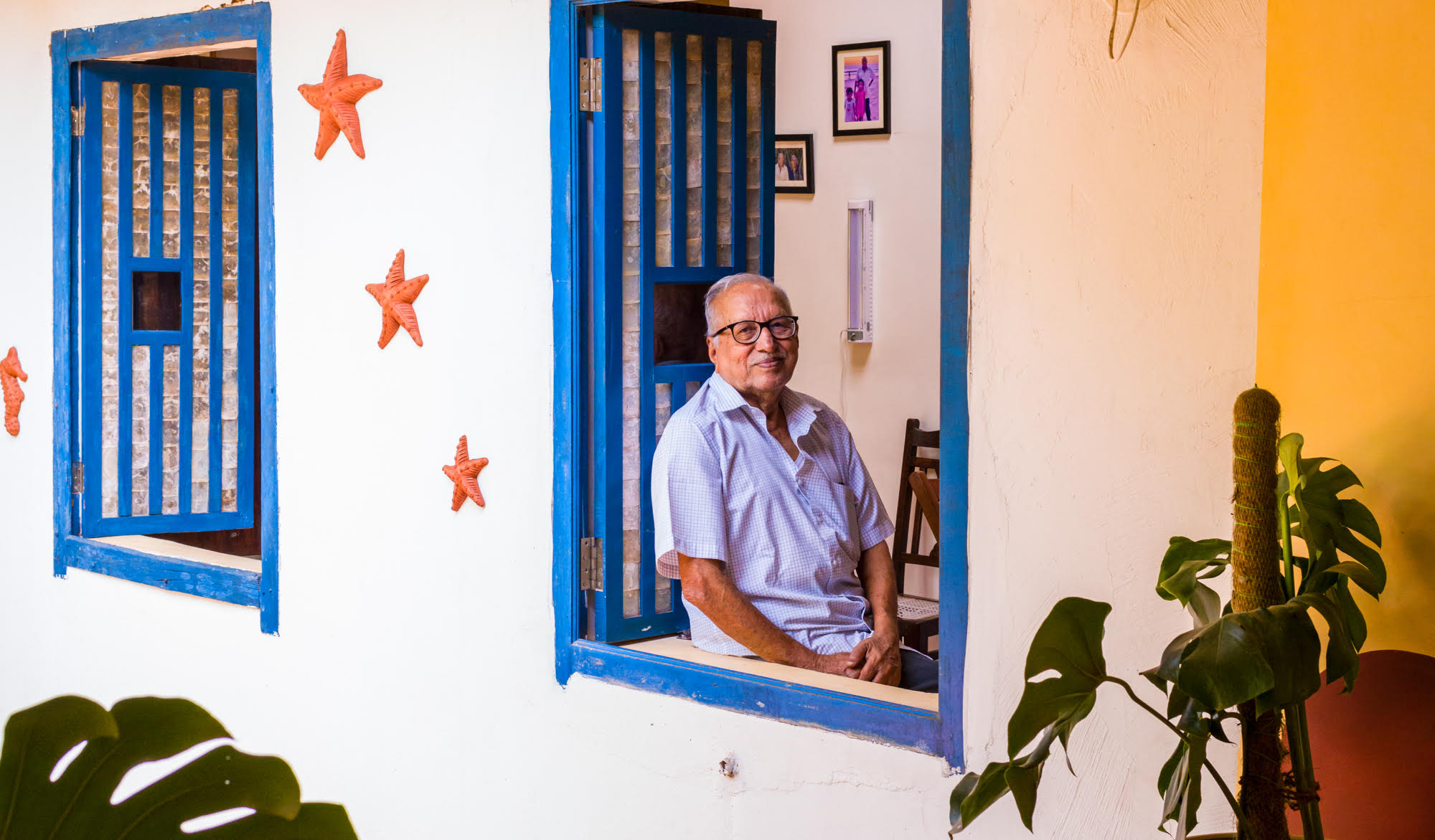Blogs
On Archives, Vintage Prints, Sunil Janah and more
Shilpa Vijayakrishnan
On the occasion of ‘Sunil Janah: Vintage Photographs, 1940 – 1960’, an exhibition of rare vintage prints from the Swaraj Art Archive on display at Tasveer and supported by MAP, Shilpa Vijayakrishnan reflects on the values of collecting, the nature of the archive and the lure of photography.
In his essay Unpacking My Library, Walter Benjamin writes, “for a collector — and I mean a real collector, a collector as he ought to be — ownership is the most intimate relationship that one can have to objects. Not that they come alive in him; it is he who lives in them.”
Embodying this in some ways, Kemal, the protagonist of Orhan Pamuk’s The Museum of Innocence, collects objects that function not merely as reminders and symbols of his love for Füsun, but serve further as physical ties of intimacy with a beloved, inaccessible in real life. Their epic love story, indeed Kemal himself, comes alive through the memories and imagined lives that bind him to each object associated with Füsun that he collects. However, Kemal’s narrative expands the definition of a collector as outlined by Benjamin, by producing a scenario where the objects of his obsession are inextricable from the subject of his obsession — and point us to the problems of narrowly defining the myriad impulses, rituals and experiences of collecting.
In the novel, Pamuk describes two types of collectors: the Proud ones who collects objects in order to put them on display, and the Bashful ones who collect as a matter of compulsion, but furtively and with embarrassment. Advocating for the former, Kemal converts his collection into a museum; shifting the focus from the personal to the public sphere, despite the nature of the collection itself that is threaded by its intimate relevance to him.
In India, this is a growing movement with more and more private collectors and collections going public. Indeed, in many ways, this is our story at MAP – which through its very wide range of artworks is a testament to the breadth and scope of collecting. A similar story is one of Mr. Vijay Kumar Aggarwal’s endeavours. Mr. Aggarwal has been a patron of the arts for over forty years, and inherited a passion for collecting from his father, Seth Jai Prakash, who over his own lifetime built an impressive collection of Kalighats, Bengal School paintings, British Indian prints, china, cut glass, old wooden artefacts and antique furniture. The Swaraj Art Archive was established in 2013 to document, preserve and showcase this family collection. It now houses a commendable number of artworks with at least one work of almost every Indian artist from the pre-independence to the post-independence era. The mission of Swaraj, as with MAP, and many other private-made-public collections such as the Kiran Nadar Museum of Art or The Devi Foundation is to make art accessible both for research and viewing purposes — and speak to the heart of how we define both art and collecting.
One of the often cited reasons for collecting photography in specific, is its ‘realism’ that enables easy understanding and ready association. While contemporary use and theory of the medium has moved away from such a simple idea of its function and process, period photographs hold their own with a nostalgic appeal of honesty and a form that was wholly centred on an indexical representation of reality. Despite Benjamin’s fear of photography as heralding an age of mechanical reproduction and the death of the aura of an artwork, there was an increased recognition of the photograph as an object of cultural and market value. The art market (in which collections and acquisitions play an important role) counteracted the problem posed by photography being a mass medium, by creating notions of rarity, hierarchy and desirability through its reinvention of concepts such as ‘original’, ‘vintage’ and ‘edition’. Before the advent of digital imaging, any photographic print made from a photographer’s original negative was considered as an ‘original print’; while a ‘vintage print’ is understood to mean any prints made within about five years of the taking of the photograph, since the reproducible nature of the medium meant that photographers could make as many reprints of an image as they liked, at any point in their career.
One of the highlights of the photography section of the Swaraj archive is its Sunil Janah collection of original vintage prints. Sunil Janah (1918 – 2012) was a prominent Indian photojournalist and documentary photographer, particularly noted for chronicling the Indian independence movement, the Bengal famine, the Nehruvian era and his studies of tribal communities. Janah always made his own prints, so almost all of them are original, and many of them are vintage such as these examples from the MAP collection and the larger holdings of the Swaraj archive. They intrinsically therefore, hold a high market value and provide a unique opportunity to look at the work of a major photographer as he intended.
These two photographs in the MAP collection are illustrative of one of the central strains of Janah’s oeuvre – tribal and peasant communities, in specific women – many of which images made their way into the book The Second Creature first published in 1949. Janah’s work was informed by his politics, in as much as his aesthetics and is therefore a meditative work of social documentation. Historically significant, in form and content, his photographs provide us with a window to a moment in time.
Sunil Janah: Vintage Photographs, 1940-1960 is an exhibition of select rare vintage prints from the Swaraj Art Archive, currently on view at the Tasveer Gallery, Sua House, Bangalore. This exhibition is open to the public and will be on display until the 27th of April.
